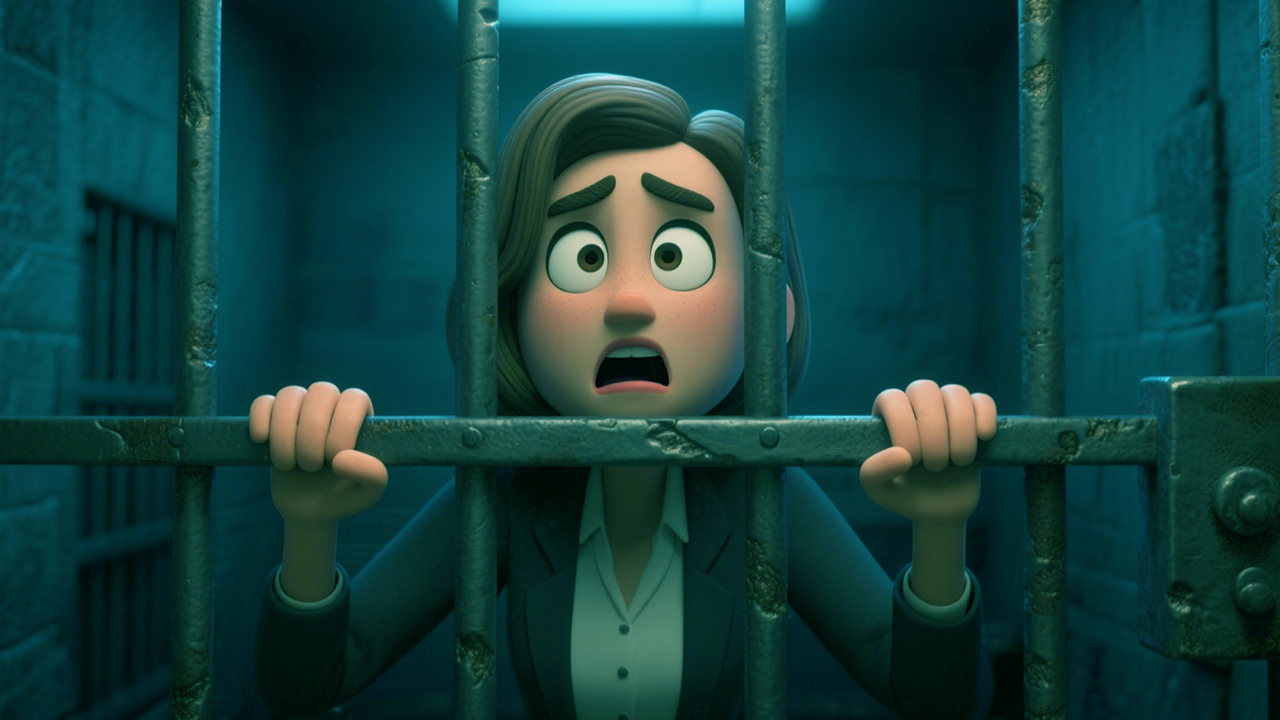What if it was illegal to market your product?

Imagine if tomorrow, the government made it illegal for you to advertise your venue, to promote your rooms, or even show photos of your meeting spaces. No more glossy shots of bedrooms or buffets. No more “state-of-the-art AV” claims. Nothing.
Well, the UK Government has done exactly that to high-fat, salt and sugar brands. This month saw the start of Regulations being imposed which will eventually include a TV watershed ban and a total online ban, meaning hundreds of food and drink brands can no longer advertise their product - cutting off the most lucrative broadcast slots and forcing marketers to get creative.
At first glance, it looks frighteningly Orwellian. But here’s the saving grace: the best brands have always known how to sell without selling the product.
The Menu Heist and the art of selling the 'sizzle'
Take McDonald’s latest “Menu Heist” campaign. It’s another characteristically brilliant piece of advertising. No food porn. No fries glistening in golden light. No perfectly stacked Big Macs. Instead, we’re treated to a cinematic crime adventure - think Ocean’s Eleven in the drive-thru - that never actually shows any food.
What it does show is everything McDonald’s really sells: warmth, familiarity, cheek, and cultural confidence. It’s emotional, entertaining, and unmistakably McDonald’s… the video equivalent of selling the ‘sizzle’ instead of the steak.
And that’s a huge lesson for hospitality marketers. When you can’t market what you sell, you’d better get better at marketing why they should buy.
The sea of sameness
Scroll through LinkedIn or any venue directory and you’ll see it - the sea of sameness. Endless photos of empty rooms. No people, just rows of chairs. Polite but soulless function spaces, miserably waiting for something to happen.
That’s not marketing; it’s photography and filters.
It boils down to a complete lack of market orientation, where businesses think more about themselves and their product than they do about their customer. It’s an all-to-familiar plague. Remember, you are not your customer! Customers don’t think in categories; they think in benefits. They don’t compare competitors; they compare alternatives. They’re not thinking “which venue has the best cabaret layout?”, they’re thinking “which option will make my life easier, my event smoother, and my boss happier?”
That’s why so much hospitality marketing is ineffective. It’s not that the product isn’t good, it’s that the business thinks like a seller, not like a customer.
From Features to Feelings
Kotler and Keller’s Benefit Ladder gives us the medicine to treat this unpleasant affliction. At the bottom rung, we have features - the tangible elements of what you offer (the number of rooms, layout configurations, the buffet options). Climb a little higher and you reach functional benefits - what those features actually do for the customer (make booking easier, ensure comfort, improve focus).
But the real power sits at the top: emotional benefits. That’s where you create connection, confidence and trust. It’s everything that's left over once you remove the commodity that every other venue sells.
Most hospitality marketing never makes it past the bottom rung. It’s stuck selling square footage instead of peace of mind. A truly market-oriented brand starts at the top and identifies how customers want to feel… and then works down the ladder to shape the product, the price, and every customer touchpoint that makes that feeling a reality.
If you’re a venue, stop obsessing over the commodities you sell.
“We’ve got 120 bedrooms.”
“Our meeting rooms are fully air-conditioned.”
“Lunch is included.”
That’s all just product. What really matters is the feeling those features deliver. The reassurance of everything working seamlessly. The relief of not having to chase suppliers. The confidence of knowing the venue team will make you look good.
That’s what people buy - not air-conditioning, parking and Wi-Fi. They buy ease. They buy trust. They buy status.
People don't buy with their slow brain, so stop selling to it.
Daniel Kahneman’s Thinking, Fast and Slow taught us that humans make most decisions using their fast, emotional brain (System 1) and only occasionally call on the slow, rational brain (System 2) to justify what they’ve already decided.
That’s the reason why most marketing falls flat. If you lead with lists and specifications, you’re selling to the slow brain - the part that loves logic but rarely makes a purchase. The real buying decision happens in that instinctive, emotional space where feelings, memories and associations live.
As Orlando Wood puts it, there’s a big difference between salesmanship (logic, function, features) and showmanship (emotion, humanity, connection).
Properly effective marketing is showmanship territory. It’s where you earn attention through emotion and entertainment, not explanation. It’s where you make people feel something, long before they’re ready to buy something.
The truth is, people don’t buy with their slow brain, so stop selling to it!
If you want to drive bookings, start by winning hearts. The heads will follow.
A thought experiment for hospitality:
Imagine it was illegal to market your venue’s facilities.
How would you make people want to come? How would you make them think of you and not just prompt ChatGPT for “venues near me”?
Do you think your brand would survive?
If the answer is no, it’s time to start selling the sizzle, not the steak - because when you can’t show the meal, you’d better be able to create the appetite!
Join The Academy Wait List
Join the wait list to be informed when enrolment is open

